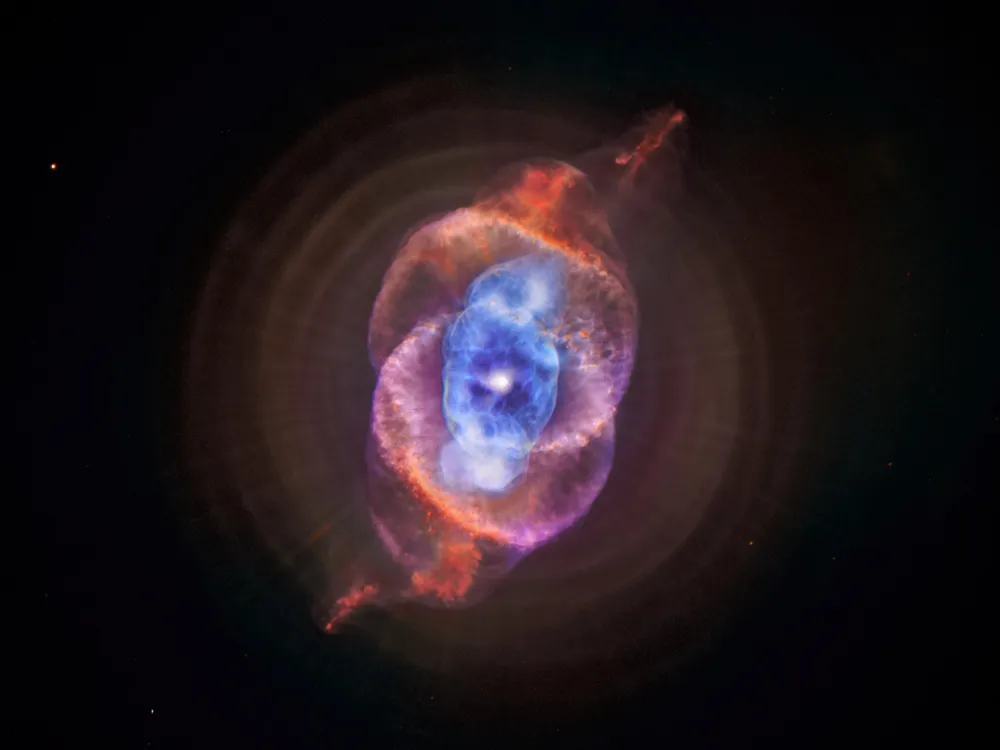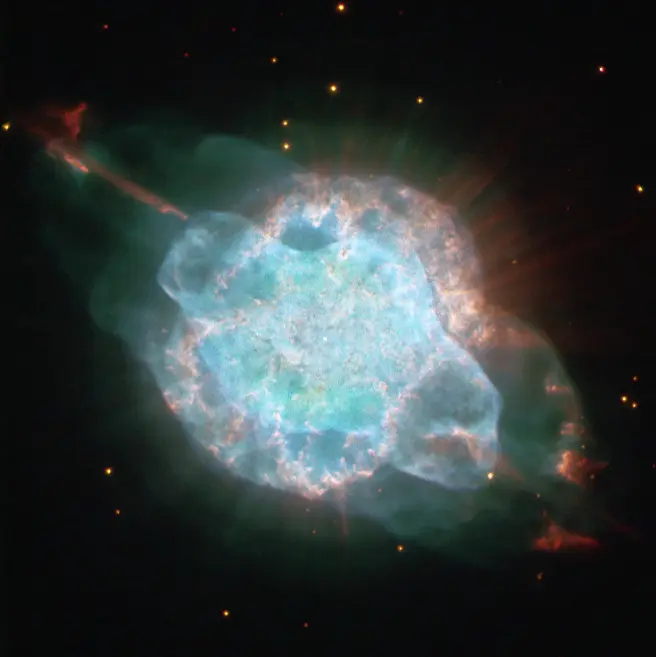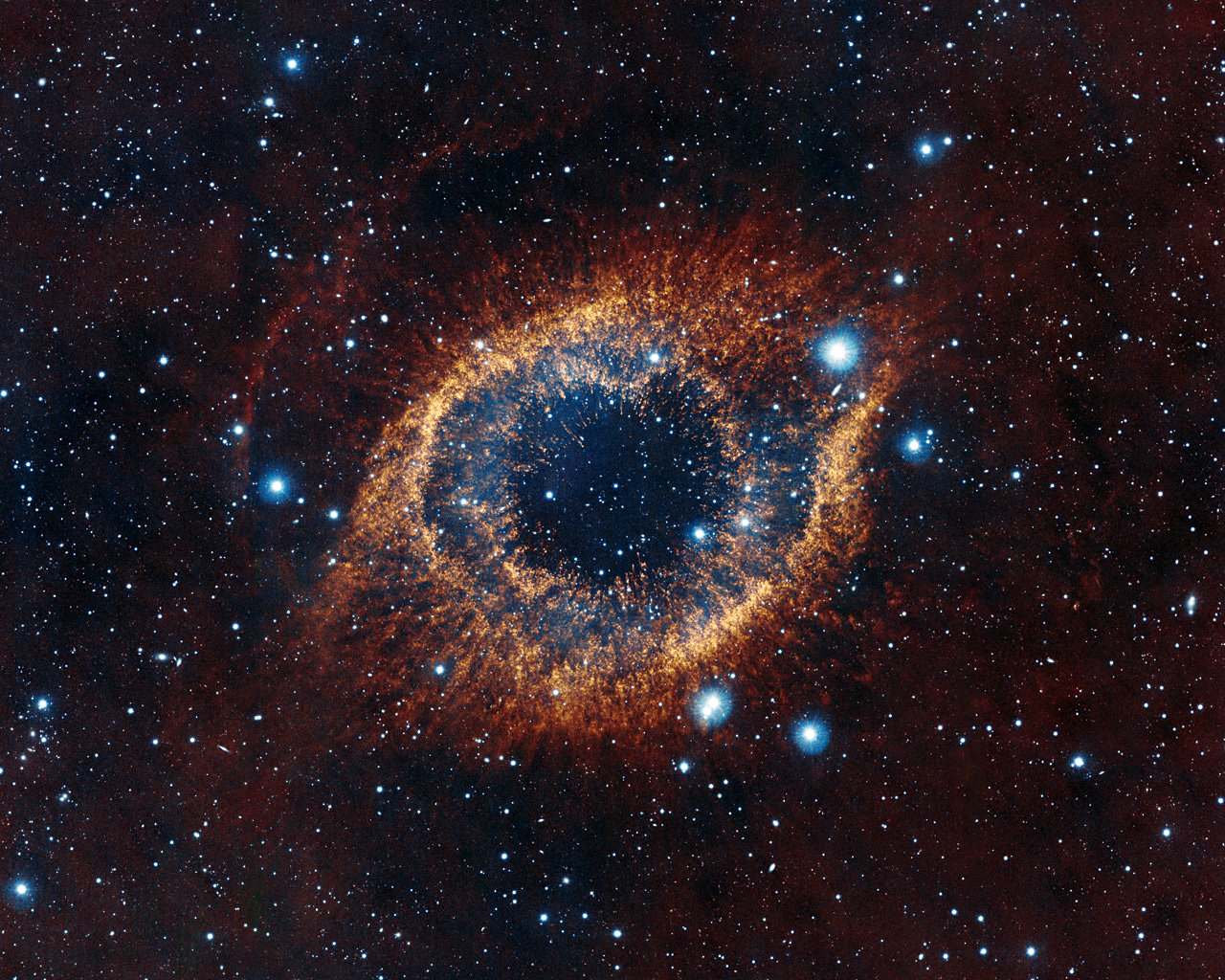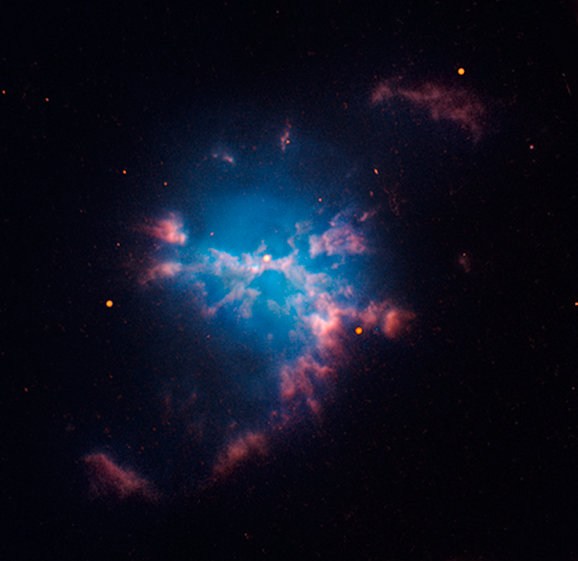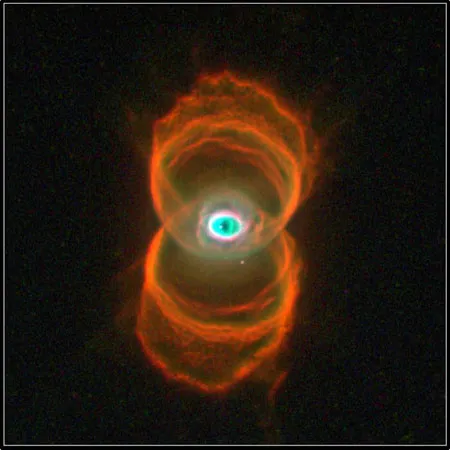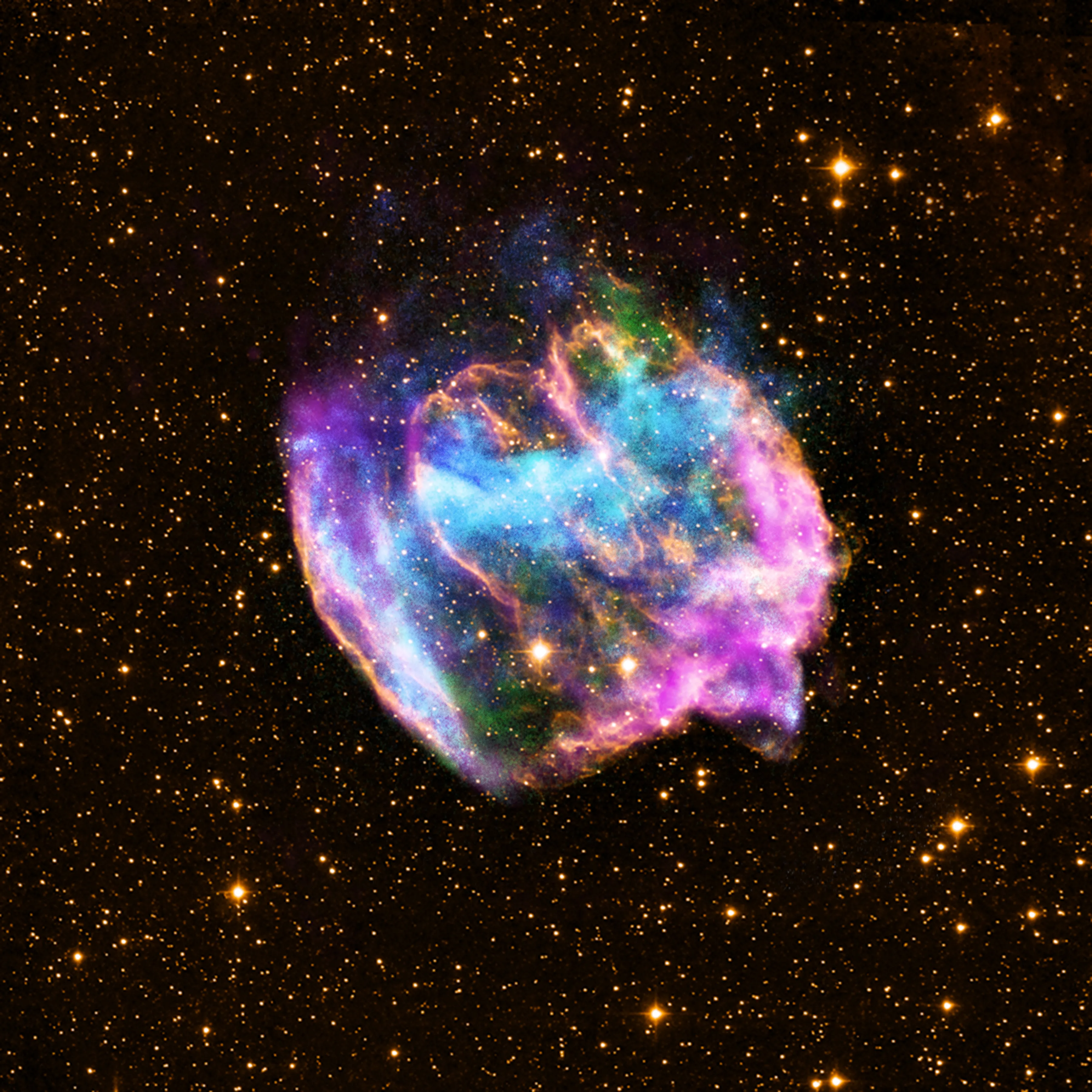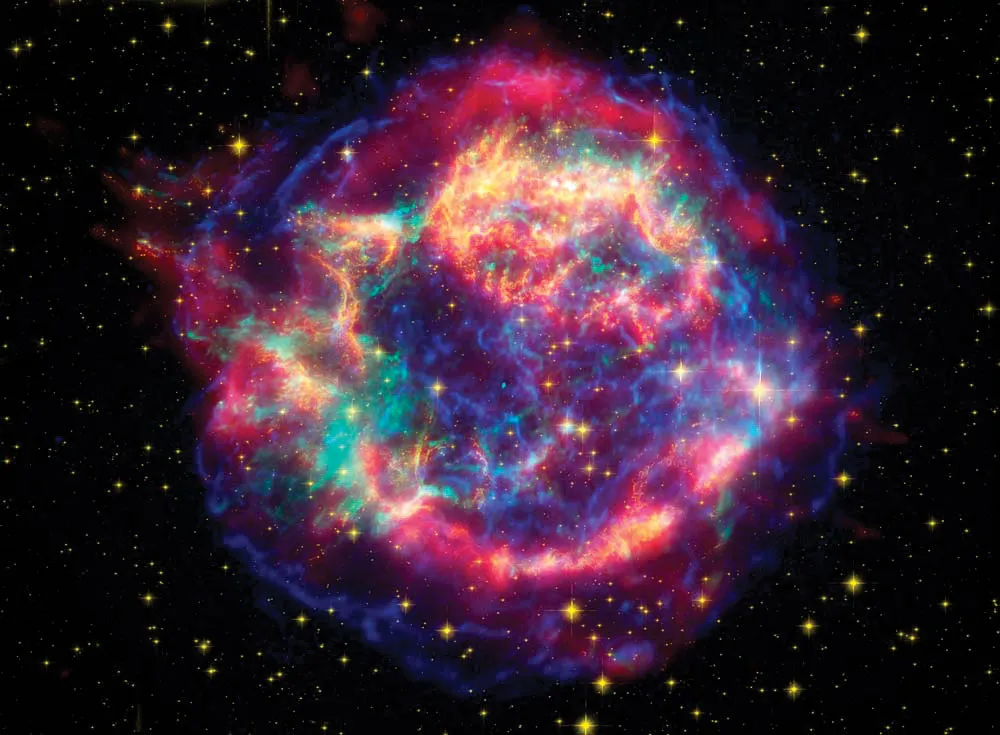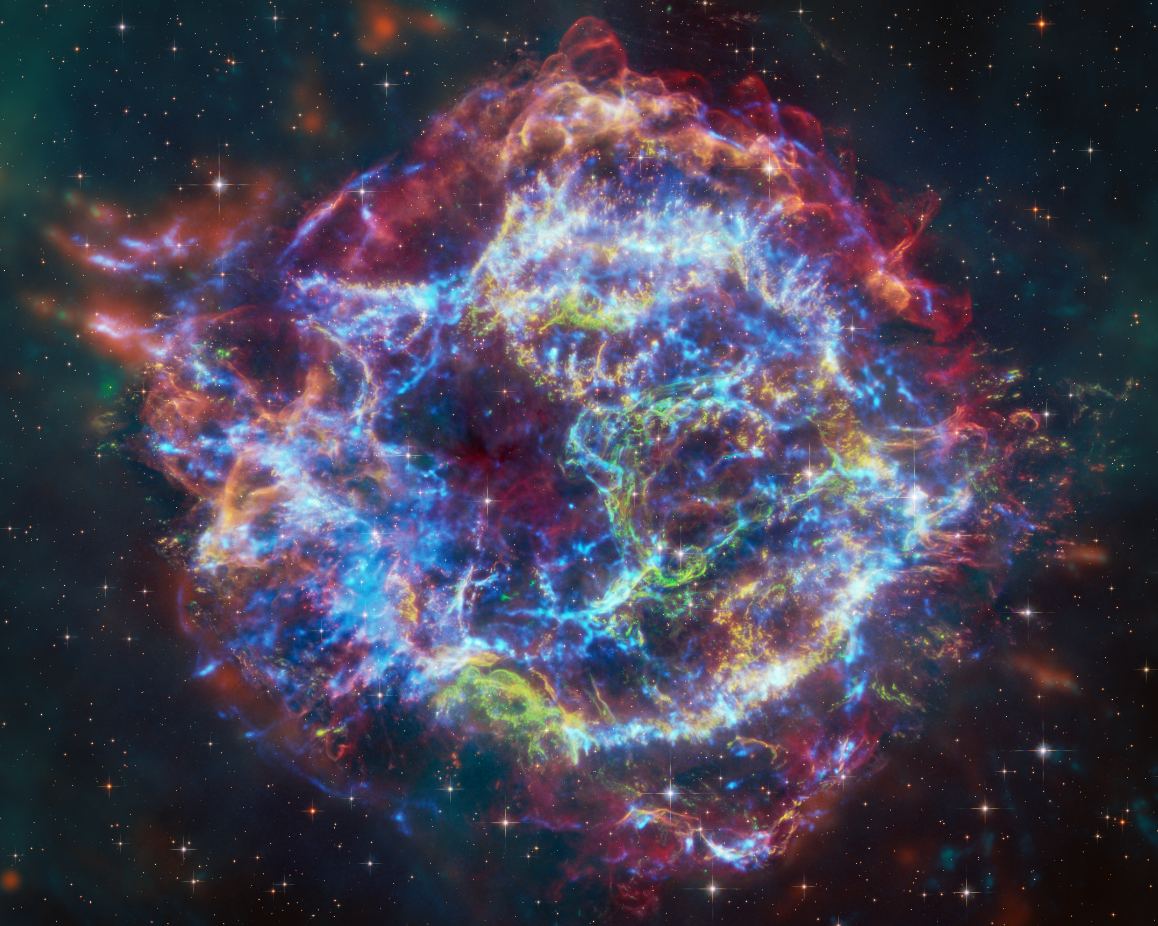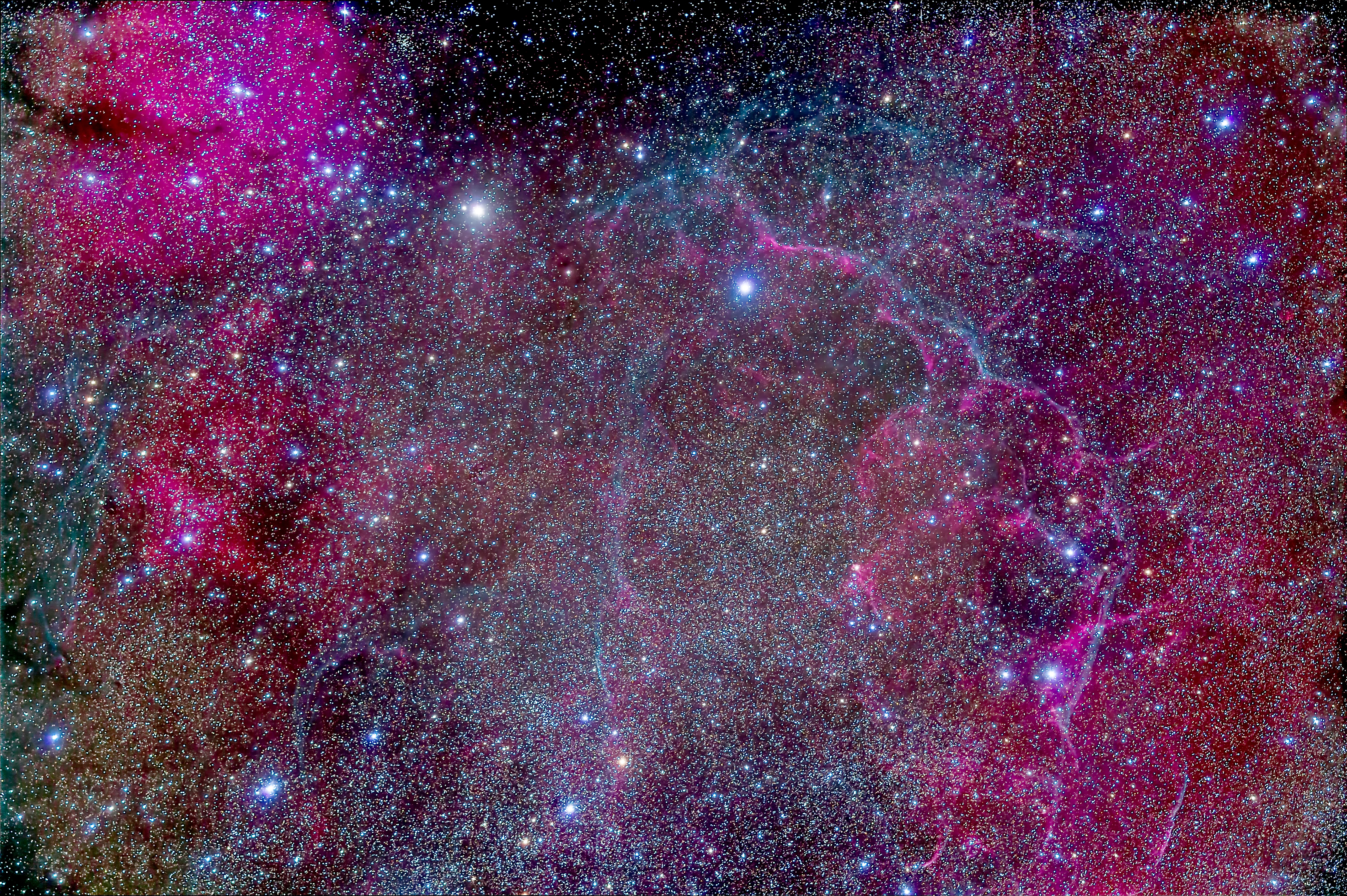About Stars
Stellar Life Cycle
Stars are born, live, and die in an extraordinary cycle dictated by their mass, composition, and energy generation processes. This cycle reveals the dynamic and interconnected nature of the universe, from the birth of stars in nebulae to their eventual transformations into white dwarfs, neutron stars, or black holes. Here is an overview of the stellar life cycle
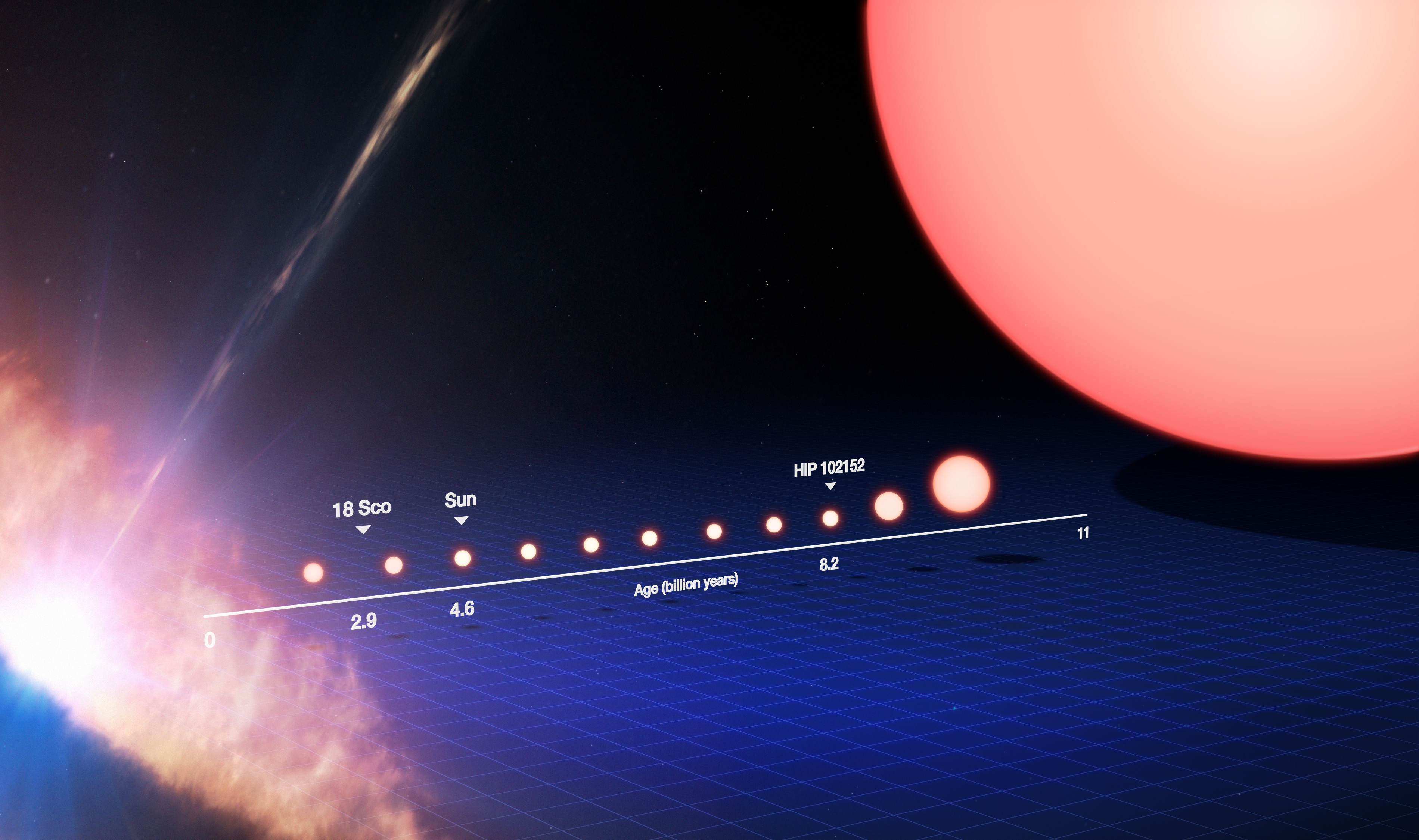
Stellar Evolution
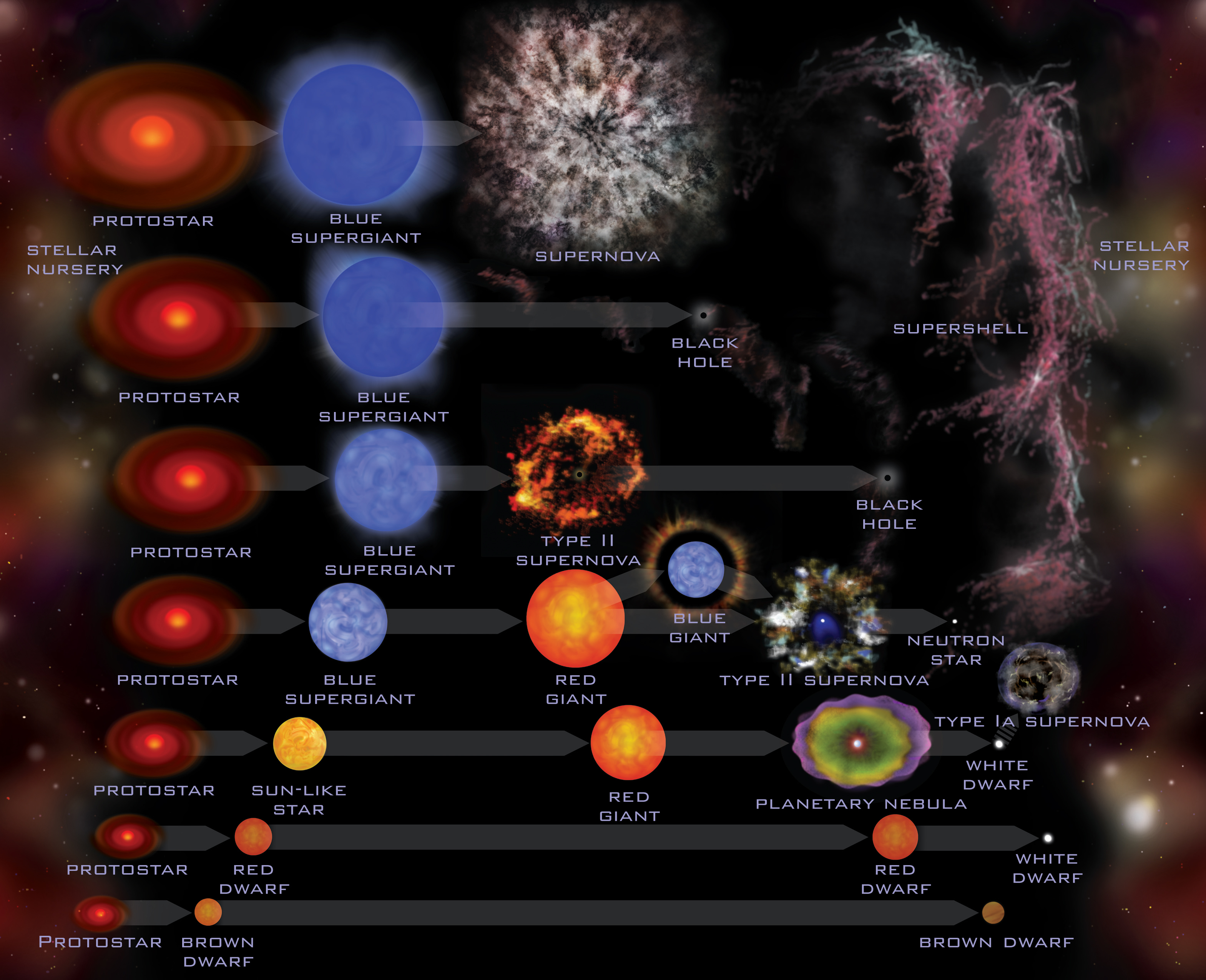
Formation
Stars begin their lives in vast regions of interstellar gas and dust called nebulae. These regions are often cold and dense, making them ideal for star formation. Gravitational forces cause parts of the nebula to collapse, forming dense clumps of material. External triggers such as the shockwaves from nearby supernovae or collisions between molecular clouds can accelerate this process. As the material condenses, the temperature and pressure at the center of the clump increase, setting the stage for the birth of a new star.
During this phase, the nebula’s composition—primarily hydrogen and helium—determines the initial properties of the forming star. Heavier elements, produced in previous generations of stars, may also be present, influencing the star's metallicity and future evolution.
Protostar Stage
A protostar forms when the collapsing material from the nebula begins to condense into a central object. In this stage, the protostar is not yet undergoing nuclear fusion. Instead, its energy comes from the gravitational contraction of its material, which generates heat. Protostars are surrounded by disks of gas and dust, some of which may eventually coalesce to form planets. Over time, the core temperature of the protostar rises. When it reaches about 10 million Kelvin, the conditions are ripe for the onset of hydrogen fusion, marking the transition into a full-fledged star.
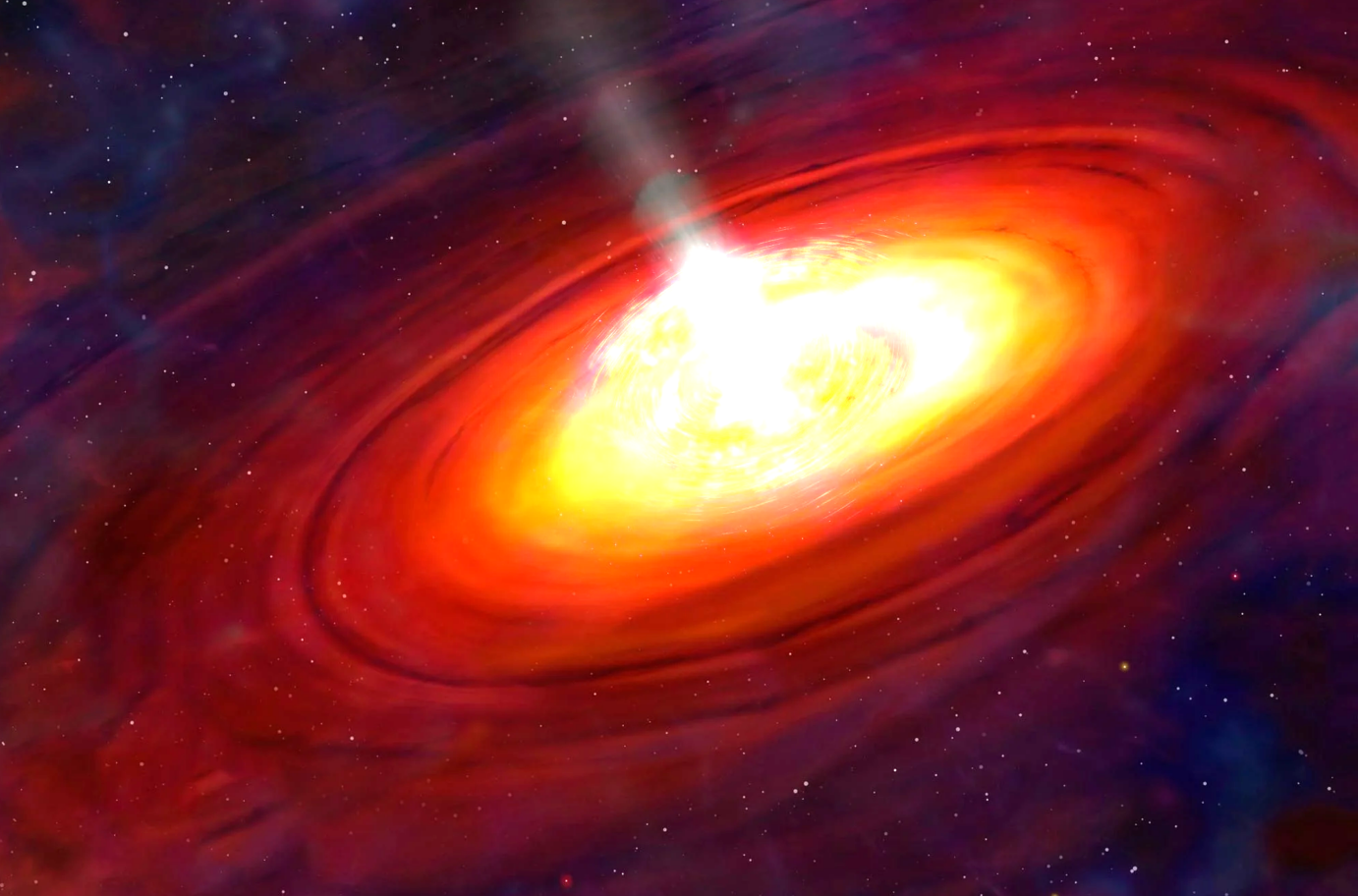
T-Tauri Stage
The T-Tauri phase represents a transitional period between the protostar and main sequence stages. These young, pre-main sequence stars are highly active and variable in brightness. They emit strong stellar winds and exhibit intense magnetic activity. During this phase, the star contracts further as it continues to radiate energy from gravitational collapse. Stellar winds help clear the surrounding disk of gas and dust, allowing the star to emerge more prominently. Although nuclear fusion may begin in the core, it is not yet stable enough to sustain the star long-term. T-Tauri stars typically last for a few million years before stabilizing into main sequence stars.
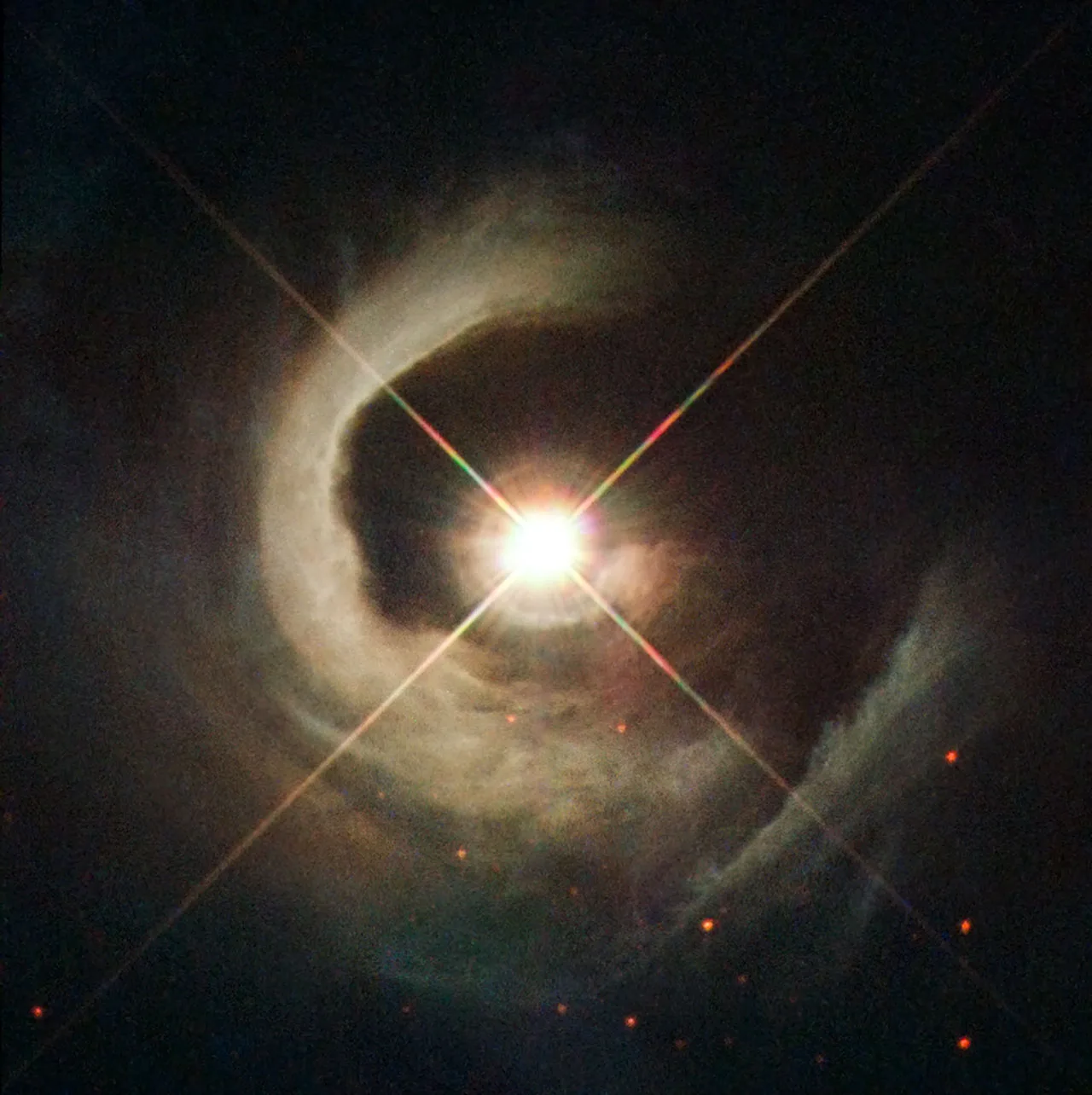
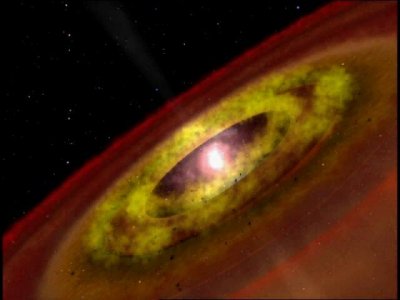
Main Sequence
A main sequence star is one in which nuclear fusion of hydrogen into helium occurs in the core, providing a stable energy source. These stars achieve hydrostatic equilibrium, where the outward pressure from fusion balances the inward pull of gravity. Lifespan: The duration a star spends on the main sequence depends on its mass. Massive stars burn through their hydrogen quickly, while low-mass stars can remain stable for billions of years. Example: The Sun is a main sequence star, classified as a G-type dwarf. Main sequence stars are the most common stars in the universe and represent the longest and most stable phase of stellar evolution.
Late Stage
As stars exhaust the hydrogen fuel in their cores, they leave the stability of the main sequence and enter the later stages of their lives. The path a star takes during these stages depends heavily on its initial mass. Two key phases in late-stage stellar evolution are the red giant phase and, for certain low-mass stars, the blue dwarf phase.
These late-stage phases of stellar evolution highlight the diverse fates of stars, shaped by their mass and composition. While red giants represent the dramatic end of hydrogen fusion in larger stars, blue dwarfs signify the slow, steady evolution of smaller stars in the distant future of the universe. Both stages underscore the complexity and beauty of the stellar life cycle.
Remnants
The aftermath of a stellar death is dependent upon the mass of the star. White dwarfs, neutron stars, black holes, planetary nebulae, and supernova remnants represent the diverse outcomes of stellar evolution, dictated by the mass and composition of the progenitor star. White dwarfs are the quiet, cooling remnants of stars like the Sun, while neutron stars and black holes showcase the extreme consequences of massive star collapse. Planetary nebulae, though transient, offer a beautiful glimpse into the final stages of a star’s life. Supernova remnants, on the other hand, are the expanding shells of gas and dust left behind by the explosive death of a massive star, enriching the surrounding space with heavy elements. Together, these objects enrich our understanding of the universe’s complexity and the life cycles of stars.
